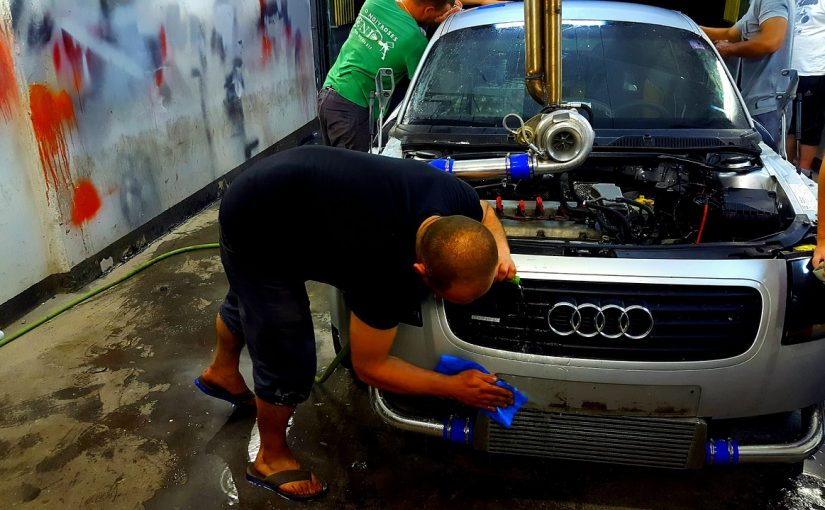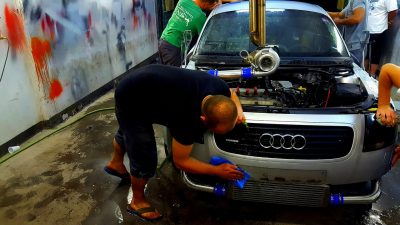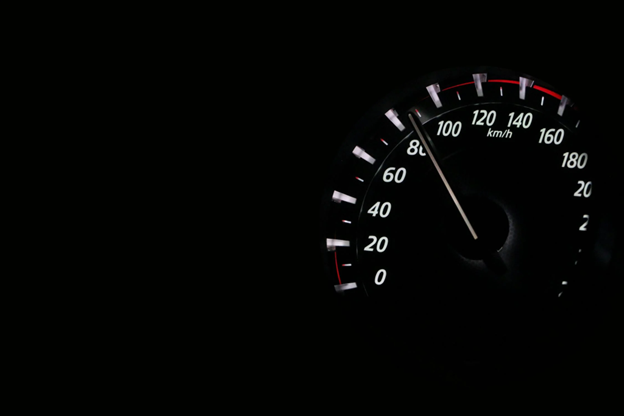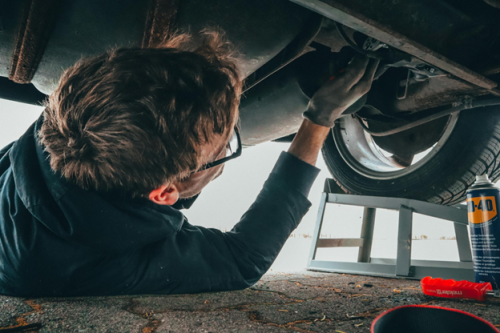
Basic DIY Guide to Car Maintenance
Posted in: Driving Tips, Fleet Driver News, News, Special Offers.
Basic DIY Guide to Car Maintenance
Having your car and learning how to drive is a sign of independence. However, driving a car involves risk and responsibility. It includes your responsibility as a careful driver and the responsibility to make sure that your vehicle is well maintained.
If you’re going to look at it, learning how to drive a car is easy, but driving with different kinds of drivers on the road requires attention, patience, and experience. You have to be considerate of the rules of the road, and make sure that you won’t hurt anyone.
To eliminate the risks of driving on the road, the one thing that you can do is to be a responsible driver and to do something on your car. You can’t control the drivers on the road, but these are the things that you can control.
How to Maintain Your Car by Yourself

Change Your Oil and Your Oil Filter
The oil serves as a lubricant for your engine parts so they can function properly. As time goes, the engine’s oil wears out and becomes less efficient. If you don’t change your oil, it may cause a greater problem. It is advisable to change oil after running for 3000 to 10000 miles depending on what kind of oil you’re using.
To change the oil and the oil filter, you have to get under your car and find the oil pan. Drain the old oil by unscrewing the drain plug. Replace the drain plug. Go to the engine and use the oil filter wrench to remove the oil filter. Lubricate the rubber gasket of the new oil filter with the new oil.
Replace the old oil with the new oil for about two-thirds of the oil filter. Secure the oil filter. Fill the engine with the new oil using a funnel. Check the level of the oil by dipping a stick into it.
Before you start, make sure that your engine is not hot. Do not replace your oil with an open engine. As much as possible, jack up your car to the underside of your car comfortably and safely.
Check Your Battery
It is important to maintain your car’s battery to keep your vehicle running smoothly. First, remove the terminals of your battery by removing the negative cable first. Use a screwdriver to loosen the cables in case they are stuck. Clean the posts by using a cleaner. Rinse the cleanser with a little amount of water. Dry the posts and replace the battery terminals.
Replace Your Brake Pads
Check your car’s manual to see the right time to replace your brake pads. Before you change your brake pads, make sure that you can do it by yourself because a little mistake can jeopardize your safety.

To change your brake pad, jack up your car securely. Remove your tires by breaking the lugs. Remove the brake caliper by removing the bolts and pulling the caliper upwards. While doing this, make sure not to touch a black hose that you see along with it; this is the break line. Slide out the old brake pads.
Replace the old pads with the new pads. Secure them with clips that held the old brake pads in places. Compress the brake piston. Re-install the brake caliper.
Replace Your Wipers if You Need To
Lift the wiper blades and learn how the modules are connected to the wiper. After knowing how the blades are placed, you may remove them. If your car’s model has a tab at the bottom part of the wiper, you have to press the tab to remove the blade. Replace the old wiper blades with the new one. Be careful not to bend or break the wiper arms.
Replace Your Air Filter for Every Twelve Months
Your air filter is commonly found under the hood of the car. It looks like a black box with clips on the side. Open it and learn how the air filter is placed inside. Just remove the old air filter and replace it with the new one. Don’t forget to secure it by closing the clips.
Replace Your Spark Plugs
When your car has run for several miles, you want to check your car’s manual if it’s the right time to replace your car’s spark plugs. It is important to check and replace your spark plugs so that it won’t cause engine problems in the future.
The signs that your spark plugs are not doing well are if you have trouble starting your car, your engine misfires or consumes a high amount of fuel and if your engine surges suddenly. If you experience these signals, then you have to replace your spark plugs.
Install a Car’s Alarm
Installing a car alarm reduces the risk of auto theft. There are different kinds of alarm available that one can choose from. One just has to choose the one that’s sensitive enough to safeguard your car.
First, you have to search for the factory alarm. The factory alarm offers an option if you can install an alarm on your car’s model. Decide what kind of alarm system that you need. Plan the installation of your car’s alarm by reading your car’s manual.
Look for the metal surface where you can mount the siren. It needs to be in the engine bay so it can emit a high-pitched sound. However, keep the alarm away from the hot engine. Look for holes where you can pit in the wires.
Look where the alarm computer connects, install the additional sensors like the shock sensor and LED lights.
To become a responsible driver, you also have to keep your car in shape. You have to make sure that your car is well-taken cared of to prevent road accidents and to save your time, money, and effort.
Tags: Brake Pads, car maintenance, Change Your Oil, Check Your Battery, Maintain Your Car
















